The Beauty of Northern Israel - Shabbat Shalom
Focusing on my photography, and an interview about my vision, influences, and background - on both sides of the lens, microphone, and keyboard.
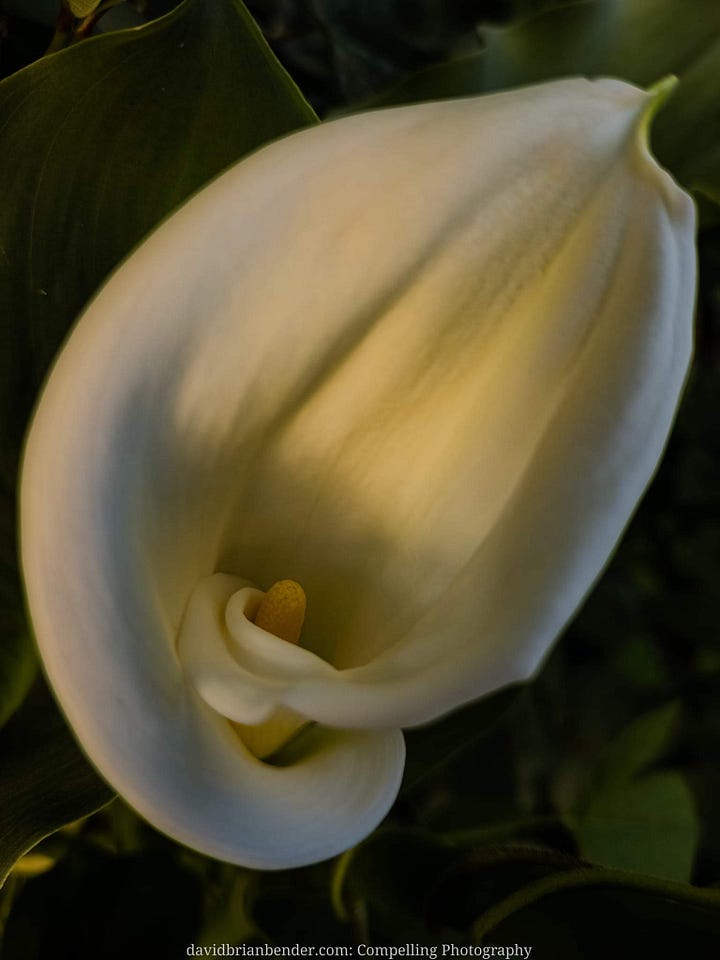
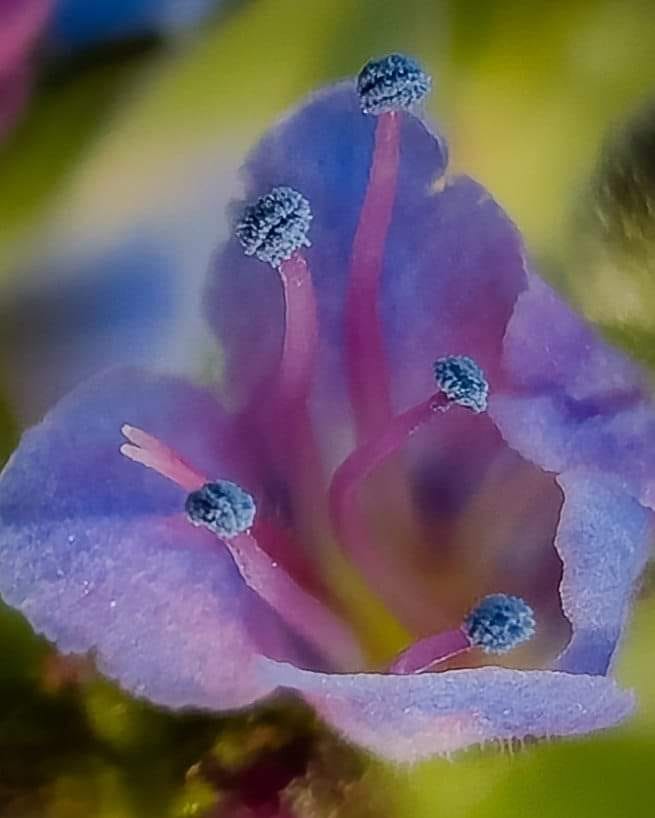

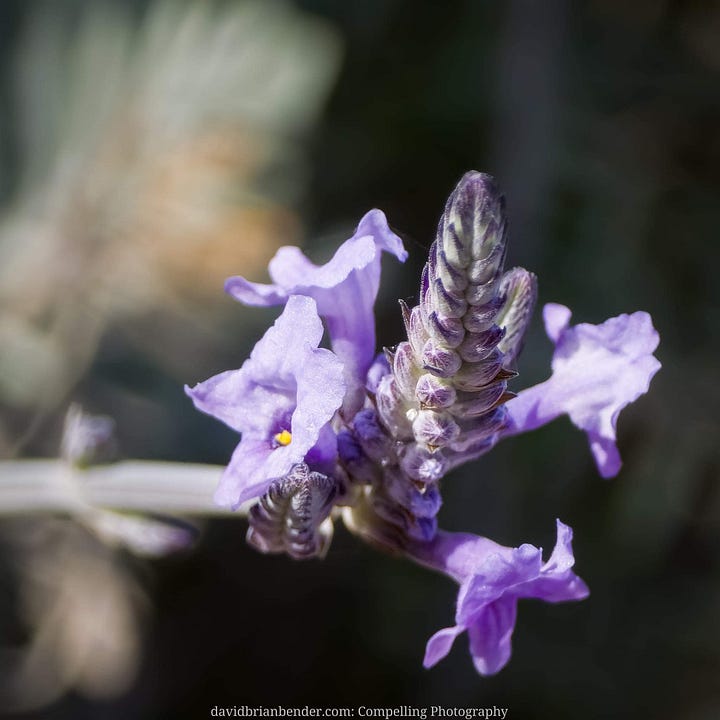
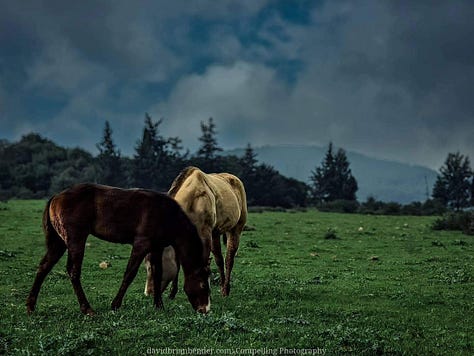
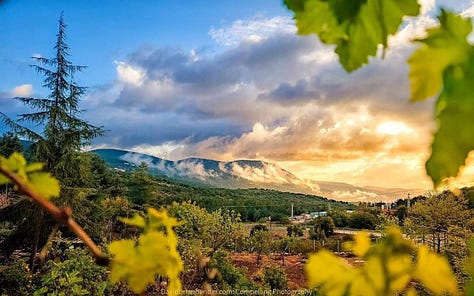
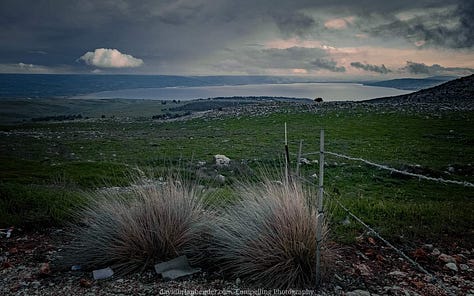
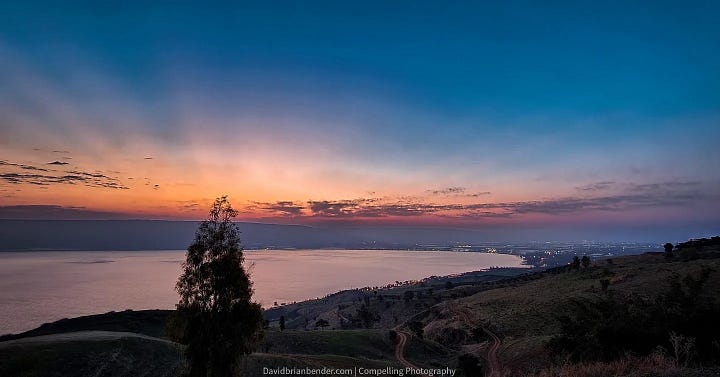
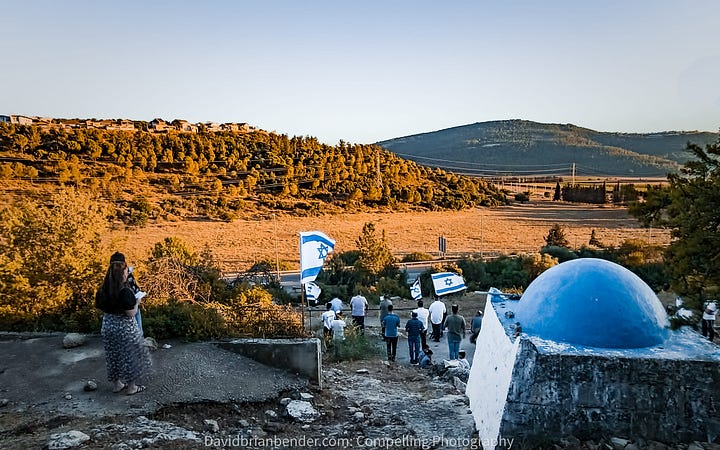
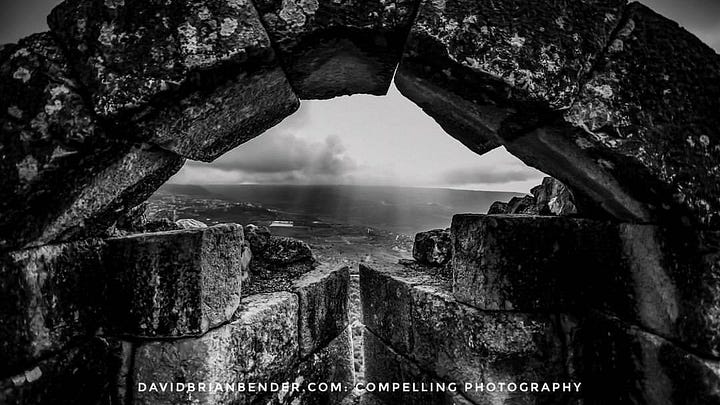

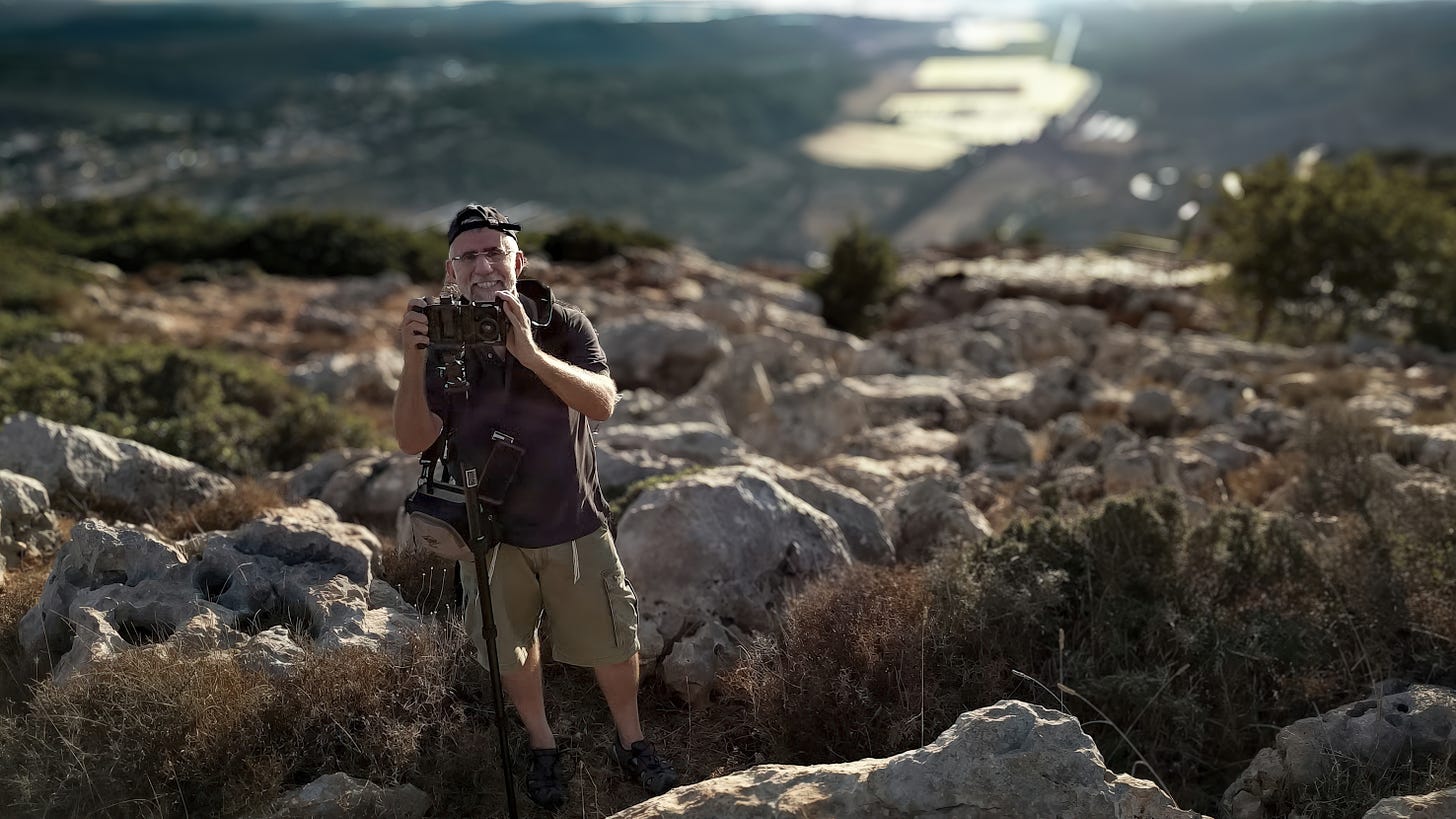
Thanks for enjoying my photography! More about my work, influences, and background is here:
The black and white event photos you’ve shared on Instagram are probably the main reason I wanted to do this interview. Those photos, are to me, more beautiful than any color photos you might have taken of the same scene. What can we see in black and white that we might not see in color?Dave Bender: I’m really flattered - thank you (and - as you know - I’m usually the kind to prefer chewing hot glass to accepting a compliment. The check is already in the mail as we speak).
Anyway, in the words of advertising and documentary photographer, Elliot Erwitt, “Color is descriptive. Black and White is interpretative.” Often, visualizing, composing and shooting (or post editing) in black and white strips away the visual clutter and distraction inherent in a color photo and forces the viewer to quietly notice shape, form, and the geometry of buildings, poses, and, hopefully, whatever the photographer wanted to feature in the image. And - no less importantly - the sense of time passing; something about black and white always looks contemporary, as it’s been said, and I’d sign off on that.
As legendary Canadian newspaper photographer, Ted Grant, once memorably put it: “When you photograph people in color, you photograph their clothes. But when you photograph people in black and white, you photograph their souls!” Just to stress: I'm nobody's pretentious fotogsnob, and love photos and footage of scenes drenched in color, or dulcet, pastel soft tones. Maybe it's a left brain/right brain kind of thing. American film director, Samuel Fuller, once cleverly quipped: “Life is in color, but black and white is more realistic.”





Breathtaking